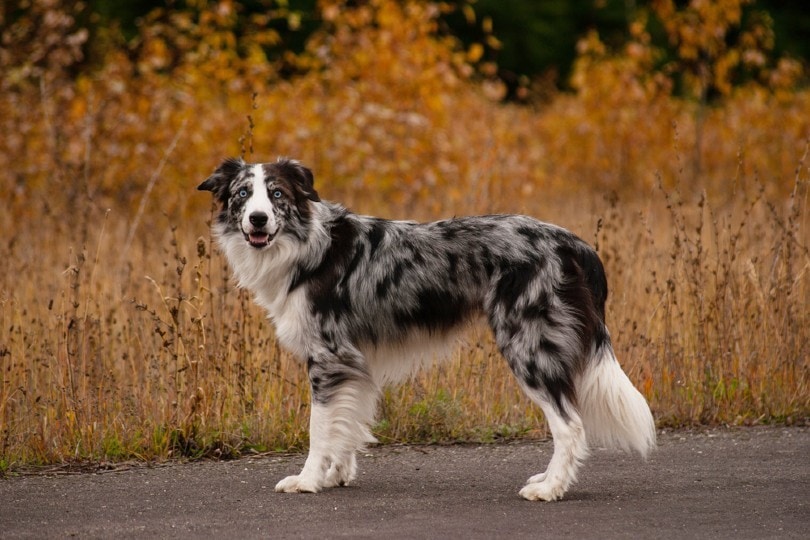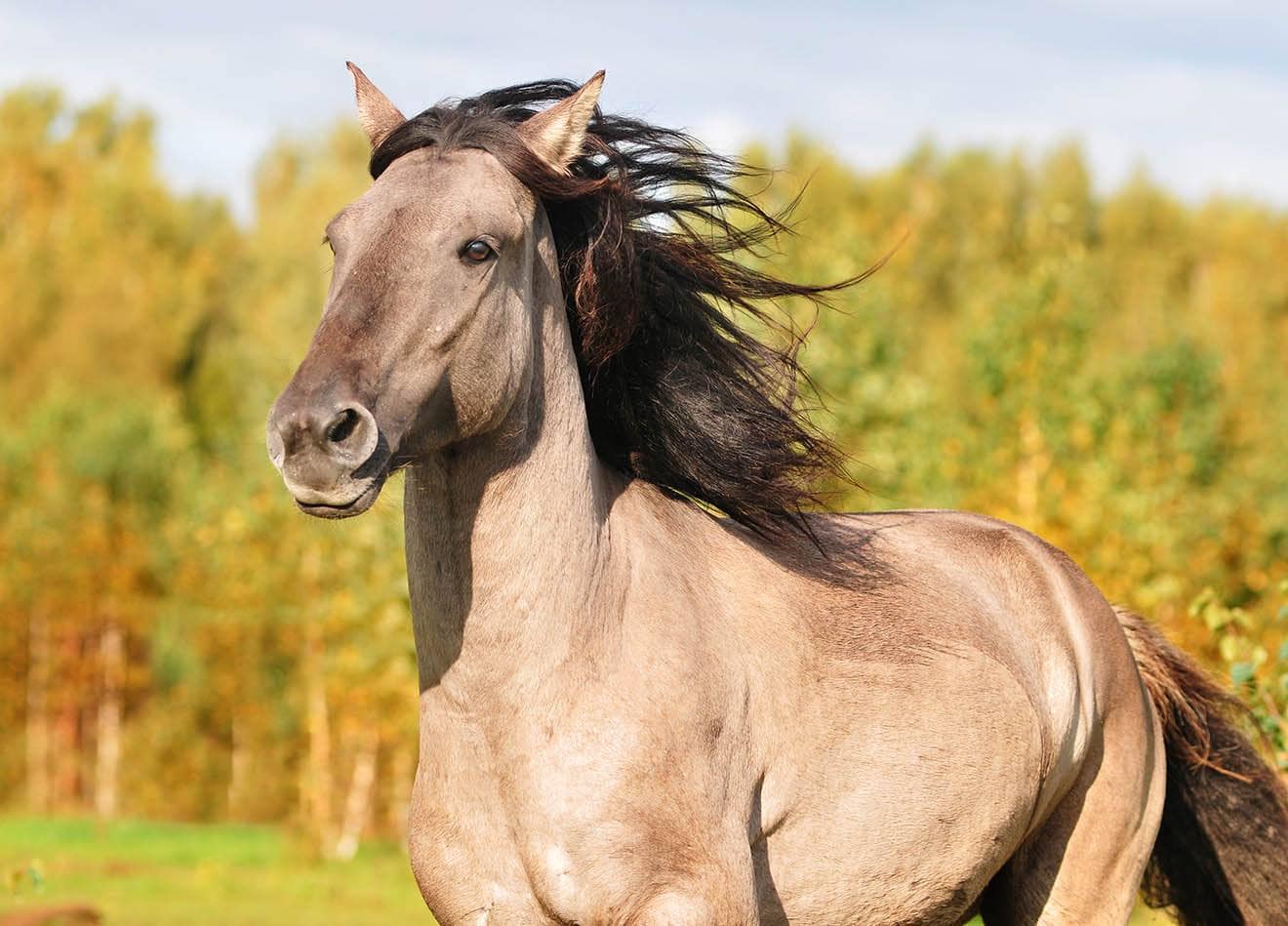
Are you considering adopting a new pet? If so, Tiger Ameiva might be the perfect fit for you! This unique animal is not only beautiful to look at, but they are also easy to care for.
In this blog post, we will be discussing what Tiger Amievas are and why they would make an excellent addition to your family. We will also discuss what needs to be done in order for these animals to thrive and live long lives.
Quick Facts about Tiger Ameiva
| Species Name: | H. Festivus |
| Common Name: | Tiger Ameiva |
| Care Level: | Beginner |
| Lifespan: | 3 – 5 years |
| Adult Size: | 18 – 20 inches |
| Diet: | Large crickets, medium-sized roaches, meal worms, super worms, pinky mice |
| Minimum Tank Size: | 40 gallons |
| Temperature & Humidity: | Temperature 75 – 85°F (90°F basking spot) Humidity: 60 – 80% |
Does the Tiger Ameiva Make a Good Pet?
Yes, the Tiger Ameiva is one of the more giant lizards in captivity, and it will need a large enclosure to live comfortably. Those who keep this pet outdoors are still at risk of being attacked by predators, so make sure to keep them in a covered enclosure.
The Tiger Ameiva is not suitable for small children because they have sharp teeth and are likely to bite if provoked or frightened, even by the child trying to play with it. The Tiger Ameiva can live up to 20 years, so long-term commitment is necessary. They can also be aggressive towards other pets and should not be introduced to them.
Appearance
Native to the eastern Amazon rainforest, Tiger Ameiva has a slender body and long tail that measures up to 60 cm. These arboreal animals often travel from unit to associate with a slow, rocking motion or using their prehensile tail as a fifth limb. They are primarily active at night, spending their days sleeping in tree branches or on vines within the forest canopy.
There are a few variations of colors that Tiger Ameivas can come in: orange, brown, green, or yellow. These variations depend on which species they inherit from and where they live in the world at this time.
Their color is usually determined by what was around them when they were just a baby. They will grow to take on these colors as time goes by and their environment changes.
How to Take Care of a Tiger Ameiva
A Tiger Ameiva has a habitat that is best described as being warm and humid. It needs a large enough enclosure that the Tigers can’t escape from but not too big for them to feel lost in. The areas need an enclosure with water, rocks for climbing, live plants to provide extra humidity in the air, and lots of vines or branches for them to climb on. They also need basking spots so they can get out of their enclosures to get some UV rays. If you have more than one Tiger Ameiva, then it is best to create two habitats and alternate which is in use every other day.
Tank
A Tiger Ameiva needs a bright warm environment with plenty of logs or rocks for climbing. It is best if you have two habitats, so one habitat has plants and food while the other has water and a basking spot.
The enclosure must be escape-proof, preferably made from wire, making it easy to clean their living space. The section should have at least one hiding place for them to feel safe in, as well as a water dish deep enough that it can’t be tipped over and make the Tiger Ameiva thirsty.
It would be best if you had tree branches and vines for climbing, basking spots, live plants are recommended but not mandatory.
Tank: Cleaning and Maintenance
A tiger Ameiva tank should be cleaned every week. There are many different products available to purchase for this job, but water and soap are all that’s necessary in most cases. It will remove any waste material from the substrate, including feces, uneaten food, and shed skin fragments. You can also use a siphon hose to vacuum out any material that is stuck in the substrate. You should clean the glass sides and lid of the tank with soap, water, and a towel.
Lighting
To provide the Ameiva with an environment that is as close to their natural habitat, make sure that you have many plants and foliage in your tank. Tiger areas are arboreal, so you’ll want to ensure that the tank has plenty of branches and the other regions for them to climb on. If they can’t find anything to hang on, they might try climbing up your walls or furniture instead! You’ll also need to install UVB lights above or next to where they hang out, so it’s not too bright for them.
You should also have a 20-watt incandescent bulb in the cage and a UVB light to make sure they don’t get too much exposure to the sun and regulate their body temperature.

Heating (Temperature & Humidity)
Tiger Ameiva’s are a terrestrial species, which means they should be kept at temperatures of 70°F (21.1°C) or above during the day and night. Tigers require humid conditions to thrive.
If you live in an arid region, additional humidity should be provided through misters. They are found in South America, so a naturalistic habitat is recommended. They might be kept outdoors year-round if the temperature does not exceed 65°F with humidity levels of 60%+ and high UVB exposure.
The way you keep your tiger will depend on its natural environment. If the tiger is from a humid rainforest habitat, it should be kept with enough foliage and branches to climb on. They may also need additional moisture through misting or fogging.
Substrate
A Tiger Ameiva’s habitat should have a substrate that they can burrow in. They need to do this as their instinct is to dig (much like dogs and cats bury their food).
You will also want to make sure you’re using something that doesn’t give off toxic fumes, which your pet could inhale.
The best option for the substrate is sand or a mixture of bark chips and coco coir (sticks and peat moss can be dangerous as they can produce toxic fumes).
Tank Recommendations
| Tank Type: | 40-gallon glass vivarium |
| Lighting: | UVB Lights |
| Heating: | Heating pad/tape on bottom of enclosure |
| Best Substrate: | Coco Coir |
Keeping Your Tiger Ameiva Healthy
Your Tiger Ameiva needs a vast cage to live. The bigger, the better! But make sure that you have lots of hiding spaces for them as they like to stay hidden most of the time and enjoy climbing on things too. Be careful when choosing your substrate because they will eat anything, so avoid anything that would make them sick such as pine or cedar.
Common Health Issues
Like any other animal, they have some common health issues that can be avoided or corrected.
One of the most commonly known problems with these animals is their claws not retracting into their toes, often resulting in a foot catching on something and being torn out. This problem can be fixed by getting them to wear nail caps.
Another common problem with these reptiles is their tail getting caught in something and breaking off or just being damaged because it was too long. For this issue, you should contact them for a shorter seat to avoid that from happening again. It will also save money on vet bills!
Lastly, they can get a disease called scale rot. This can be prevented by regularly checking their scales for any signs of infection and getting any wounded areas cleaned with an antiseptic solution and bandaged until they heal.
Feeding Your Tiger Ameiva
On average, your Tiger Ameiva will eat between one to two percent of its body weight per day. Feed your Tiger Ameiva at least three times per day and more often if it is a young animal. Try to maintain consistency in food, the timing of the meal, and feeding dishes.
This will help your pet’s digestive system function optimally. When switching foods, introduce new foods to your Tiger Ameiva slowly, mixing with the current food to eventually reach a 50-50 balance. Try out different flavors of foods from time to time and introduce new types of vegetables or fruit as desired.
| Fruits: | 25 % of diet |
| Protein: | 75 % of diet |
Lifespan
The Tiger Ameiva age of maturity is approximately 12 months. On average, the life expectancy for TigerAmeivas in captivity ranges from 4.6 years, with males living shorter lives than females. If cared for properly and fed a healthy diet, they have been known to live up to 5 years. Many factors can affect lifespan, including genetics, diet, and the environment.
Breeding
Tiger Ameiva is a solitary species and its members do not live with others for most of their lives. Mating pairs can form if there is more than one male and one female in an area. Sometimes when two males of the same species are in a region, they will fight over territory.
During the breeding season, females can lay up to 20 eggs at a time. The area’s temperature must be between 25-27 °C (77-80 °F) for the eggs to develop. Eggs will typically hatch after 30 days.
Is Tiger Ameiva Friendly? Our Handling Advice:
As a pet, Tiger Ameivas are not domesticated and should be handled with kid gloves! They don’t enjoy being handled but allow it to happen without putting up a struggle. Handling them often will help them get used to you, which helps when it comes time for your veterinarian to examine them.
Shedding & Brumation: What to Expect
Tiger Ameivas are known for their permanent shedding process. They will shed from head to tail about once per month, with the length of that time being determined by temperature and humidity levels in their environment. Tiger Amievas typically try not to be active when they’re shedding to irritate themselves too much, but this won’t stop the shedding process. They will usually find a sunny spot and take it easy for a week or so until they’re done with their cycle of shedding.
How Much Do Tiger Ameiva Cost?
The price of this type of amphibian can run from $50 to $200 in the United States. The average cost is around $75.
Care Guide Summary
Conclusion
The Tiger Ameiva is a beautiful, exciting creature that can make for an excellent pet. Despite this, there are challenges they face that make them difficult pets for many people.
Hopefully, with our advice, you’ll be able to better provide for the needs of your new best friend!
Featured Image Credit: Jeroen Mikkers, Shutterstock








